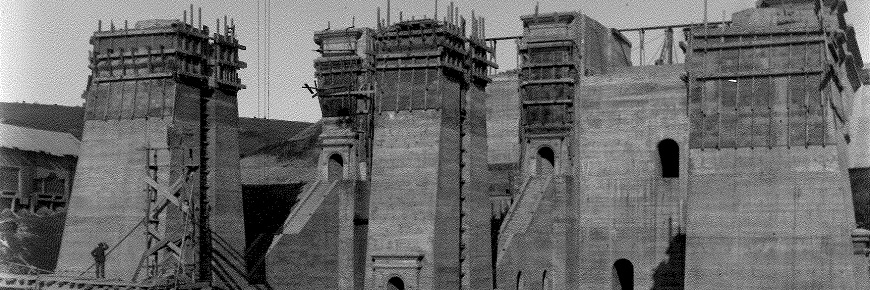
Culture and history
Trent-Severn Waterway National Historic Site
Centuries in the making
With all of its magnificence, the Waterway couldn’t have been created in even a hundred lifetimes. Some 11,000 years ago, central Ontario started to emerge from the Ice Age’s last retreating glaciers. And with this emergence, nature’s processes of freezing and thawing, wrenching and resting were at work carving out the Trent and Severn watersheds.
Since that time, Indigenous Peoples have played a vital role influencing the development and natural balance of the Waterway. In 1615, when Champlain became the first European to travel the Waterway, he entered a territory where Indigenous roots already ran deep.
By the 1800s, the British and Irish were among the first immigrants to settle along Upper Canada’s desirable water route. Fur, as a commodity, was replaced by wood. The harnessing of water power gave birth to the many mill towns which grew up along the Trent-Severn. The Waterway expanded as timber barons, farmers, merchants and commercial travellers bought passage from town to town.
In 1920, after almost a century of construction, all of the Trent-Severn’s linkages, consisting of over 40 locks, some 50km of man-made canals, approximately 150 dams and countless areas that were altered by dredging or flooding, created a fully-navigable system. Soon thereafter, a flow of recreational boating began and continued to grow, making the Waterway a world-famous tourist destination.
- Date modified :